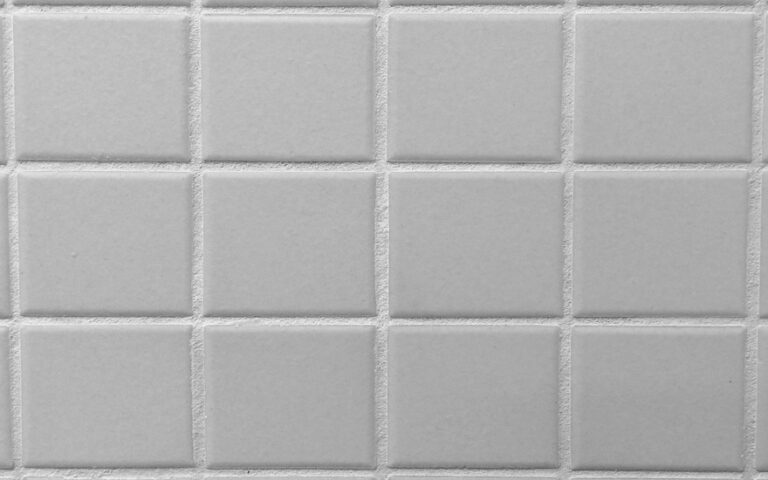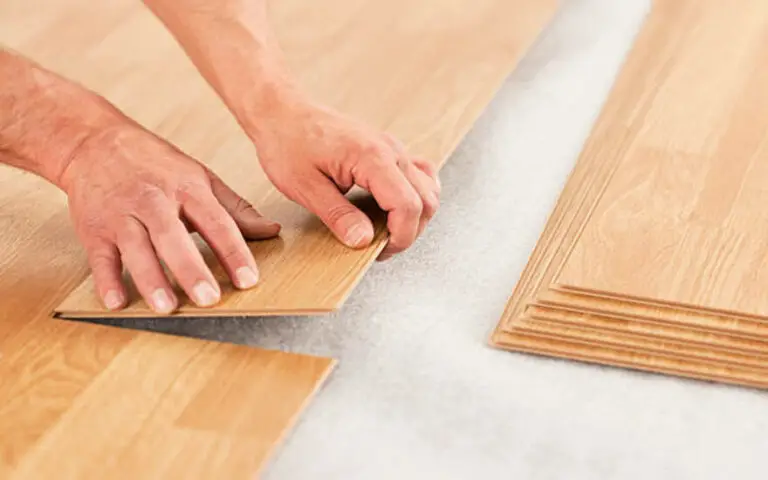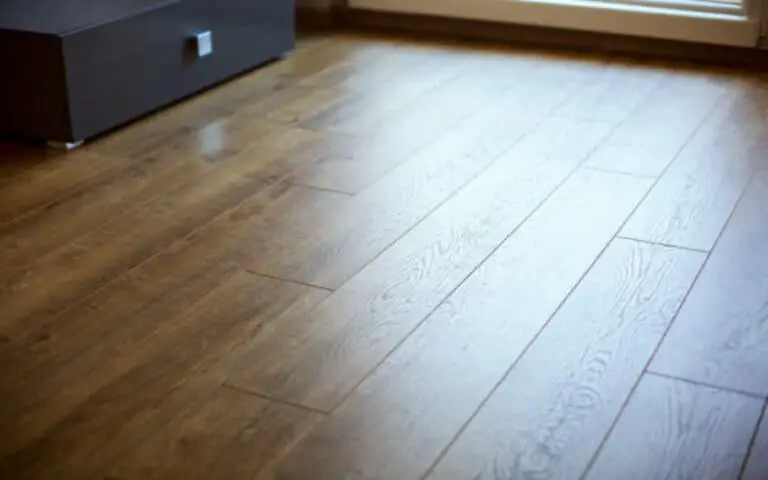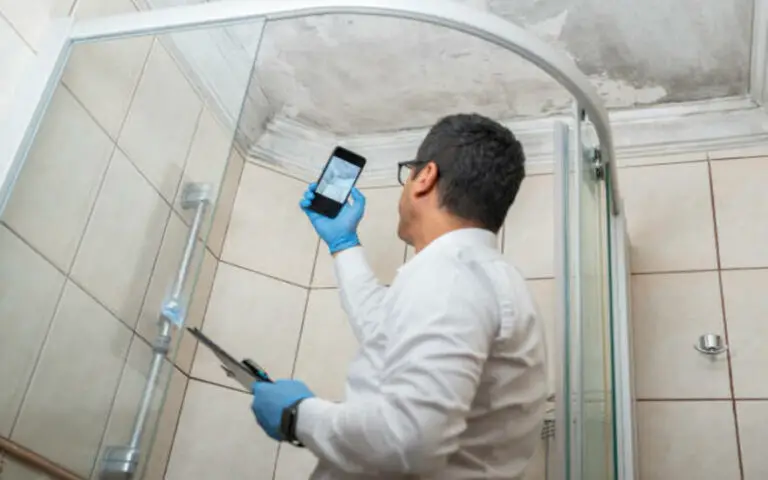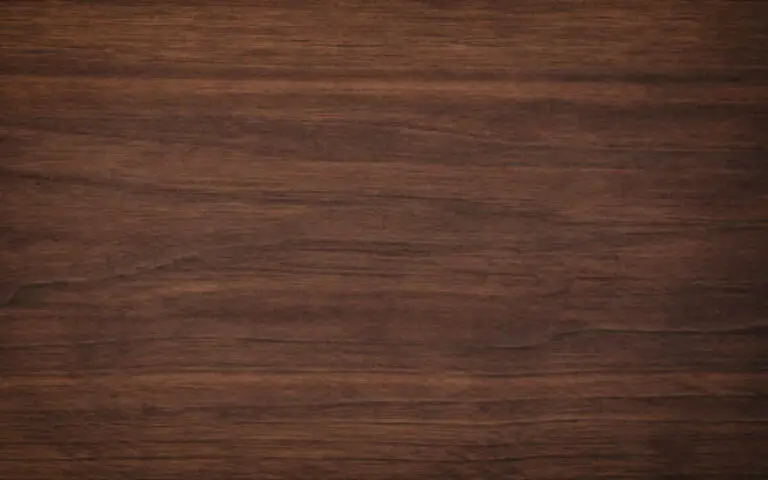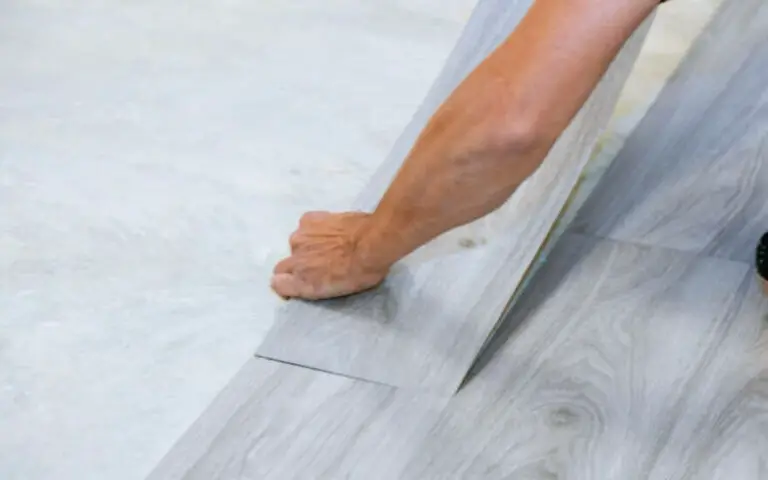Click lock flooring is an alternative to traditional tongue-and-grooved flooring that is fast becoming popular for homeowners looking to add warmth and character to their homes. Click lock, also known as click tongue or floating floor, comprises a series of interlocking tiles. By eliminating the groove found in traditional flooring, the tiles can be arranged in any pattern and do not need to be installed in a specific order. The interlocking design also makes it quick and easy to install. Here’s what you need to know about click lock flooring before deciding whether it’s suitable for your home.
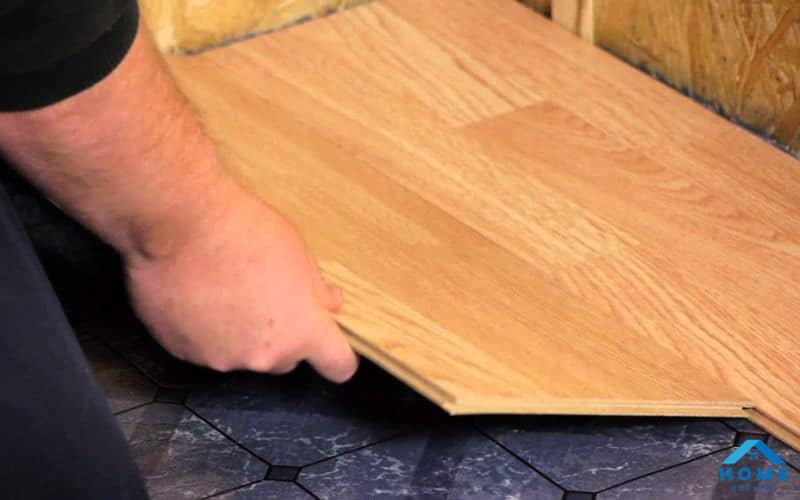
What is a Click Lock Floor?
A click lock floor is a hardwood flooring installed using an interlocking system, similar to how laminate flooring is installed.
However, unlike laminate flooring, made from a synthetic material, click lock floors are made from solid hardwood planks. There is no groove in the planks, so they can be laid in any pattern. There are several types of click lock flooring, including hardwood, engineered wood, and bamboo. Each type of click lock flooring has its specific benefits and disadvantages. Click lock floors are a great choice if you’re looking to add warmth and character to your home. They are perfect for any room in your home, including living rooms, bedrooms, and even kitchens.
Pros of Click Lock Flooring
Easy installation:
One of the most significant advantages of click and lock flooring is its easy installation. This type of flooring can be cut with a utility knife and doesn’t require special installation tools or skills. You can install click and lock flooring over most subfloors, including concrete, wood, linoleum, and vinyl.
Durability:
Click and lock flooring is also very durable. It’s scratch-resistant and can withstand heavy traffic, making it an excellent option for homes with pets or small children.
Water-resistant:
Many types of click-and-lock flooring are also water-resistant, which makes them ideal for kitchens, laundry rooms, bathrooms, and other areas where spills are likely to occur. Water-resistant click and lock floors can also be installed in basements where moisture is a concern.
Affordable:
Click and lock floors are generally more affordable than solid hardwood floors—they look similar! If you want the look of hardwood floors without the high price tag, click and lock floors are a great option.
Cons of Click Lock Flooring
1. Limited choices in color and style.
While more choices are available now than a few years ago, click and lock flooring still doesn’t offer the same variety as other types of flooring, such as hardwood or tile. If you have your heart set on a specific color or style, you may not be able to find it in a click and lock product.
2. You may need to replace it sooner than other types of flooring.
Depending on how much traffic your floors see, you may need to replace your click and lock flooring sooner than other types of flooring, such as hardwood or tile. The good news is that it’s usually a reasonably straightforward process to uninstall and replace click and lock flooring, so it shouldn’t be too inconvenient if you need to replace it more often than another.
3. It can be challenging to repair.
If one of the planks gets damaged, it can be difficult to remove just that one plank without damaging the surrounding planks. This is why it’s essential to carefully follow the instructions when installing click and lock flooring and ensure you have extra planks on hand if you need to replace one later.
Is click lock flooring good?
If you’re looking for a quick, easy and affordable way to add warmth and character to your home, click lock flooring is the perfect option.
Click lock floors are an excellent choice for any room in your home, including living rooms, bedrooms, and kitchens. Before installing click lock flooring, it’s important to remember that it is not suitable for high-traffic areas, such as kitchens and living rooms. It’s also not suitable for use in homes with young children who could be at risk of choking on small pieces of wood. You also must remember that click lock floors are unsuitable for heavy furniture or appliances such as stoves and fridges.
How long does click flooring last?
It’s difficult to say precisely how long click lock flooring will last, but it’s likely to be several years less than solid hardwood flooring.
The longevity of click lock flooring depends on a number of factors, including the type of flooring and how it is installed and maintained. Just like any other type of flooring, click lock floors will eventually get worn down and need replacing. How long click lock floors last depends on how well they are maintained. It’s essential to keep your click lock floors clean and maintained. It’s also important to avoid installing click lock flooring in high-traffic areas and homes with young children who could be at risk of choking on small pieces of wood.
What is better, laminate click or vinyl click?
If you’re considering installing click lock flooring, you may be wondering which type of click lock flooring is best for your home. There are two types of click lock flooring available, laminate click and vinyl click.
Both types of click lock flooring are quick, easy, and affordable to install.
Both types are durable, easy to maintain, and come in many species, including bamboo, mahogany, oak, and walnut.
The main difference between the two types is that laminate flooring is made from synthetic materials, whereas vinyl click is made from natural wood. While both types of click lock flooring are durable, laminate click flooring is more resistant to wear and tear.
It’s important to remember that both click lock flooring types are unsuitable for high-traffic areas and are not recommended for kitchens or living rooms.
Click and Lock Flooring vs. Glue
Installation Method
Click and lock flooring, also known as floating flooring, is designed to interlock without adhesives. This makes it much easier to install than traditional glued-down flooring, which requires the careful spreading of adhesive and perfectly aligned boards to achieve a professional result.
If you’re planning on installing your flooring yourself, click and lock flooring is the way to go. However, even if you’re hiring a professional installer, the fact that click and lock flooring doesn’t require adhesive can save you money on installation costs.
Material
The material of your flooring is also an important factor to consider. Click and lock flooring is typically made from the luxury vinyl tile (LVT) or rigid core luxury vinyl plank (RCLP), which are incredibly durable and easy-to-maintain materials. Traditional glued-down floors are usually made from solid hardwood or engineered hardwood, which are also durable but require more maintenance than LVT or RCLP.
When it comes to material, it comes down to personal preference. If you want the classic look of hardwood but don’t want the hassle of maintaining it, then LVT or RCLP is an excellent option. But if you’re set on natural wood, then glued-down hardwood is still a good choice—just be aware that it will require more work to keep it looking its best.
Can you glue down click lock vinyl floor?
You can glue down click lock flooring, but it is not necessary.
The flooring can be installed without adhesive and will still be secure. If you choose to glue the flooring, be sure to use a product that is specifically designed for vinyl. Apply the adhesive in a thin, even layer, and then press the flooring into place. Give the adhesive time to set before walking on the floor or moving furniture into the room. With proper care, your glued-down click lock vinyl floor will last for many years.
Can You nail down click lock flooring?
Click-lock flooring is generally considered a DIY-friendly option; nailing it down can cause buckling and other problems.
Click lock flooring is a type of engineered hardwood flooring that snaps together without the use of nails or glue. It is designed for easy installation and can be used over various subfloors, including concrete, plywood, and even existing hardwood floors.
How to clean click lock flooring?
Cleaning your click lock floors is vital to maintain their beauty and to prolong their life. Here are some tips on how to clean your click lock floors without damaging them.
Sweeping Your Click Lock Floor
The best way to remove dirt, dust, and small particles from your click lock floor is by sweeping it regularly with a broom or vacuum cleaner with a bare floor setting.
Do this at least once a week or more if necessary.
Begin in one corner of the room and work out the door so you don’t have to backtrack and miss areas. If you have large debris on your floor, use a dustpan and brush to sweep it up before you vacuum or sweep, so you don’t scratch the surface of your floors.
Damp Mopping Your Click Lock Floor
You will need to damp mop your floors every two weeks or use a pH-neutral cleaning solution safe for your particular type of click lock flooring material.
You do not want to soak your floors when damp mopping them because too much water can damage the boards or tiles causing them to swell, warp, or crack. Instead, put the cleaning solution into a clean bucket and dip your mop head into it just enough so it is damp and not dripping wet.
Mop the entire floor working in small sections until the entire floor is clean. Once you have finished damp mopping, go over the entire floor with a dry mop head or cloth to remove any excess water.
Cleaning Spills on Your Click Lock Floor
Spills will inevitably happen on your floors, no matter how careful you are. When they occur, it is essential to clean them up quickly before they have a chance to set into the surfaces of the boards or tiles, causing permanent stains.
Simply blot up as much of the spill as possible for liquid spills using paper towels or a clean cloth. Do not scrub at the spill because this will only spread it further into the surface and make it more difficult to remove later.
Once you have blotted up as much liquid as possible, dry the area using a pH-neutral cleaning solution diluted with water, following the directions above for damp mopping your floors.
Any remaining stain can be removed by applying a small amount of white vinegar directly to the stain using cloth, then rinsing with water afterward until the stain is gone completely Repeat this process if necessary.
For food spills such as candy or gum, try removing them by freezing them with an ice cube, then chipping them off with a butter knife, being careful not to scratch the surface of your floors.
If this doesn’t work, apply WD-40 or another similar product directly to the spill. Be careful not to reach any surrounding areas because these products can ruin paint or finishes on cabinets, etc.
Allow it to sit for several minutes, then scrape up the spill with a butter knife taking care not to scratch your floors. Damp mop the area afterward, following directions for cleaning liquid spills above until all traces of WD-40 are gone from your floors.
Conclusion
Click lock flooring is a quick, easy, and affordable way to add warmth and character to your home. It’s an excellent choice for any room in your home, including living rooms, bedrooms, and kitchens. You can choose between laminate click or vinyl click, or you can opt for solid hardwood click lock flooring. Just remember that click lock is unsuitable for high-traffic areas and not recommended for kitchens or living rooms. Click lock floors are an excellent choice for any room in your home, including living rooms, bedrooms, and kitchens.

